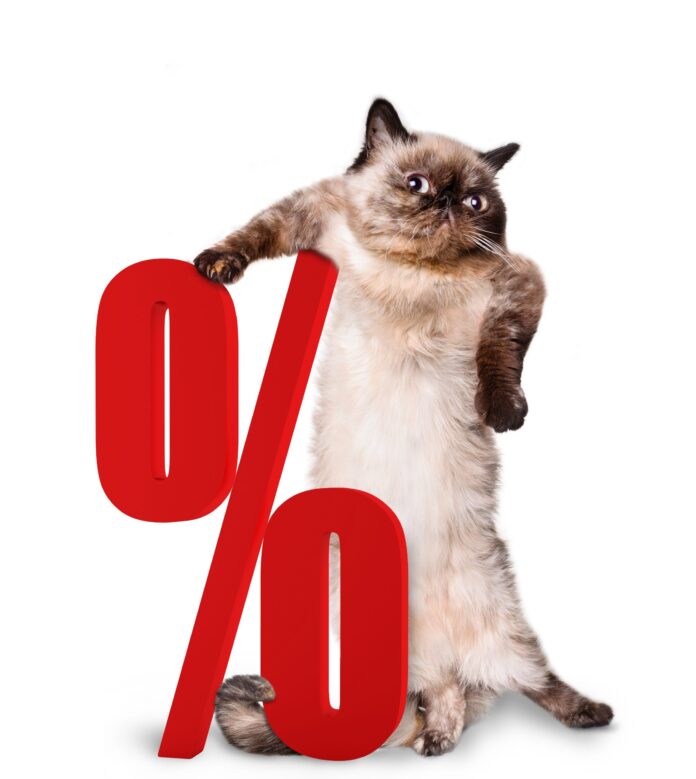The Limitations of Guaranteed Analysis in Pet Food Labels
When selecting pet food, the guaranteed analysis on the label is often the first stop for pet owners seeking nutritional information. However, this analysis is required to provide information on only four key nutrients: protein, fat, fiber, and moisture. While additional nutrients can be listed, they are not mandatory. This article explores the nuances of guaranteed analysis and provides guidance on how to more accurately compare pet food options.
Understanding Guaranteed Analysis
It’s crucial to note that the guaranteed analysis does not reflect the actual percentages of these four nutrients. Instead, they are presented as minimum or maximum levels. For example, if a dog food label states 24% protein (minimum), the actual protein content could be 24%, but it might also be higher, potentially reaching 26% or even 32%.
Seeking Accurate Nutritional Information
To obtain more precise nutritional data, pet owners are encouraged to contact manufacturers directly and request the “average” or “typical” nutrient percentages. This information is more useful than the minimums and maximums provided on the label. Another beneficial way to analyze pet food is per 100 or 1000 kilocalories, as 1 kilocalorie for pet food equals one human calorie.
The Importance of Dry Matter versus As-Fed Analysis
Many pet owners overlook the distinction between the “as-fed” basis and the “dry matter” basis of analysis. The “as-fed” basis includes all water content, which can vary significantly between different types of pet food. For instance, canned foods can contain approximately 80% water, while dry foods typically consist of around 10% water.
- If a dry food features a protein level of 33% on an as-fed basis, it may appear superior when compared to a canned food with an 8% protein level.
- However, when evaluated on a dry matter basis, the protein content may be quite similar, often around 36%.
Although converting as-fed percentages to dry matter percentages is achievable (as detailed in our Nutrition Math 101 post), it does not resolve other discrepancies such as missing exact values or calorie considerations.
Calories as the Best Basis for Comparison
Instead of relying solely on percentages, nutritionists recommend comparing pet foods based on grams of nutrients per 100 or 1000 kilocalories. This method accounts for the variation in kilocalories across different pet foods. For example:
- Dry cat foods may contain between 300 to over 600 kcals per cup.
- This influences both the volume of food consumed by a cat and their intake of other vital nutrients, including protein, vitamins, and minerals.
Thus, comparing nutrients per caloric value allows for the most accurate evaluations across pet food products. Our Petfoodology website offers a calculator to assist with this conversion if the manufacturer is unable or unwilling to provide the necessary information.
Quality Assurance in Pet Food Manufacturing
It is essential to recognize that the guaranteed analysis relies heavily on the manufacturer’s nutritional expertise and quality control. In the U.S., if a manufacturer claims a minimum fat level of 4% or a minimum protein level of 50%, there may be no regulatory oversight verifying these statements. A study analyzing 90 canned cat foods that were branded as nutritionally complete revealed that 13% failed to meet the minimums for thiamine, a critical nutrient.
Final Thoughts
While guaranteed analysis provides a basic glimpse into pet food nutrition, it often falls short in delivering comprehensive insights. Pet owners should ask essential questions regarding their pet’s food options to ensure high quality and nutritional adequacy. If your pet requires specific nutrient adjustments, it’s wise to consult with the manufacturer for average values based on caloric content. Engaging with your veterinarian or a Board Certified Veterinary Nutritionist® may be necessary for tailored dietary recommendations, particularly for medical conditions.











